Search
Search Results
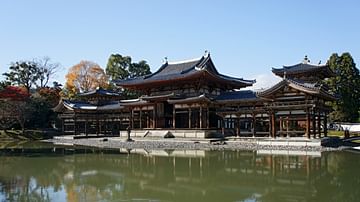
Definition
Heian Period
The Heian Period of Japanese history covers 794 to 1185 CE and saw a great flourishing in Japanese culture from literature to paintings. Government and its administration came to be dominated by the Fujiwara clan who eventually were challenged...
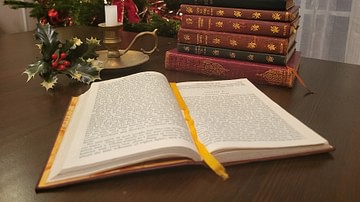
Image
Christmas Literature
Volumes of Christmas Literature. (Private Collection)

Video
The History of the Mesopotamian Naru Literature
The literary genre of Mesopotamian Naru Literature first appeared in the region around the second millennium BCE and the stories not only became very popular, but seemed to replace the actual historical events in the minds of the people...

Video
An Introduction to Ancient Roman Literature
From its infancy, Roman literature borrowed heavily from the Greeks. However, they were able to shake the shackles and create a vibrant literature of their own; poetry, prose, and history. The Roman authors influenced countless others in...

Definition
Boeing B-29 Superfortress
The Boeing B-29 Superfortress was a four-engined, long-range bomber of the United States Air Force. The largest of all Second World War (1939-45) bombers, B-29s were used to strike Japanese targets from the summer of 1944. In August 1945...
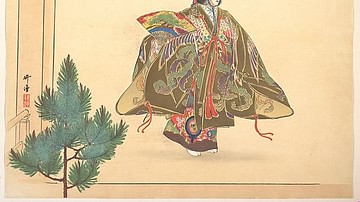
Article
Daily Life in Medieval Japan
Daily life in medieval Japan (1185-1606 CE) was, for most people, the age-old struggle to put food on the table, build a family, stay healthy, and try to enjoy the finer things in life whenever possible. The upper classes had better and more...
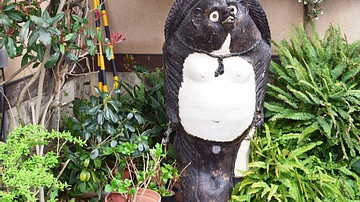
Image
Japanese Tanuki
Statues of the Japanese Tanuki (or Japanese raccoon dog) are found all over Japan, especially around shrines and taverns. The Japanese have many legends about the tanuki, but they are generally believed to be playful and foolish creatures...
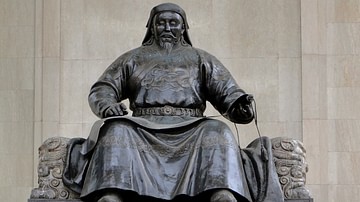
Definition
Kublai Khan
Kublai Khan (Qubilai-Qan) was the ruler of the Mongol Empire from 1260 to 1294. His accomplishments include establishing Mongol rule in China under the name of the Yuan Dynasty (1271-1368), thus becoming the first non-Chinese to rule the...
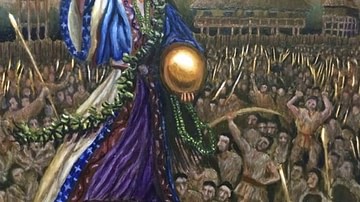
Definition
Queen Himiko
Queen Himiko, also known as Pimiko or Pimiku (183? - 248 CE), was a 3rd-century CE ruler of the territory in ancient Japan known as Hsieh-ma-t'ai or Yamatai, later to be known as Yamato. Considered by the Chinese as the ruler of all of Japan...

Video
Shakespeare's Sonnets: Crash Course Literature 304
This week, we're learning about sonnets, and English Literature's best-known purveyor of those fourteen-line paeans, William Shakespeare. We'll look at a few of Willy Shakes's biggest hits, including Sonnet 18, "Shall I compare thee to a...